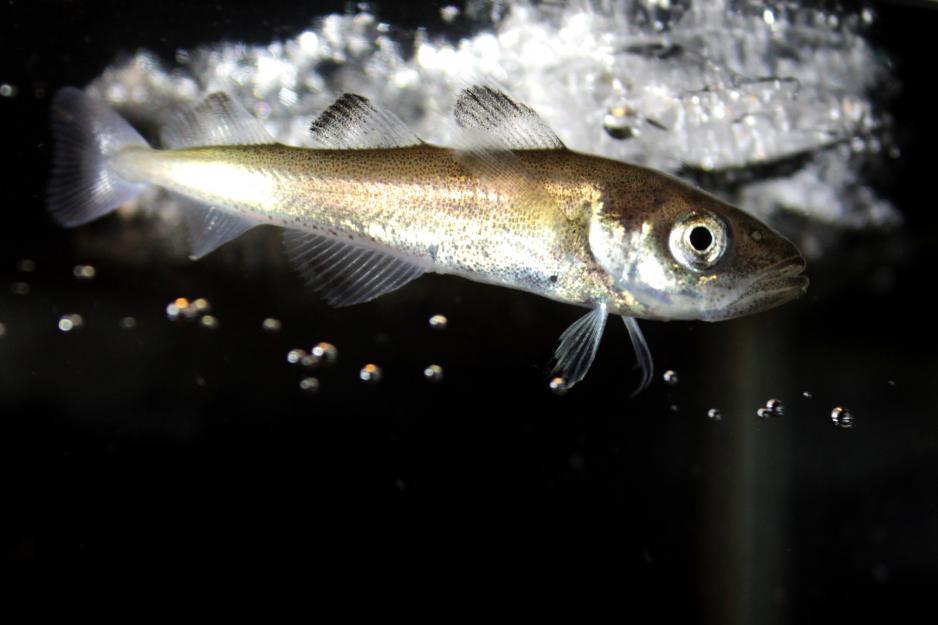New Study finds Billions of juvenile Polar Cod under Sea Ice

What happens under the Arctic ice cap has largely been hidden from the prying eyes of science. But a new under-ice trawl net has changed that. A recent study by German researchers estimates the prevalence of nearly nine billion Polar cod in the eastern Arctic Ocean alone.
This is reported by Alaska Public Media, citing a recent study published in the journal Polar Biology.
According to the researchers the Polar cod spends substantial time under the ice.
A habitat the researchers fear could disappear
Nine billion sounds like a lot, but it is not unlikely - says Franz Mueter, a fisheries scientist at University of Alaska. He has also surveyed for Polar cod, and says they’ve likewise found them by the billions living in the Chukchi Sea.
However, he adds:
-We didn’t sample under the ice like they did, and that’s the novel thing here, is that they sampled under the ice in the central Arctic which hasn’t really been done much before.
The German researchers used a special net that sinks below the sea ice, and instead of trawling the bottom, it scrapes where ice meets ocean.
The survey shows that only juvenile fish are found under the ice, a habitat the researchers fear could disappear as a result of climate.
The survey didn’t sample from under multiyear ice, but where they did go is still new territory for science. Earlier, most surveying for Polar cod was conducted in open seas, and that misses a key part of the species’ life cycle.
Major source of food
The study found 1- and 2-year-old fish under the ice, whilst in other parts of the Arctic Ocean, fish this age have already moved to the ocean floor. Below the ice there is plenty of zooplankton to eat, and there’s shelter from predators.
The information from the study is of fundamental importance for the researchers, as polar cod are a major source of food for seals, whales and seabirds in the Arctic.
Norwegian researchers recently confirmed that, in a regularly monitored fjord on the island Spitsbergen, for the first time ever there were no polar cod found - but plenty of Atlantic cod. If the polar cod population in the Barents Sea actually does shrink, the juvenile fish under the ice of the Eastern Arctic could become even more important - especially in order to make up for losses elsewhere.
The data was gathered in summer 2012, during an Arctic expedition on board the research icebreaker Polarstern. The survey has been conducted by researchers from the Alfred Wegener Institute, Helmholtz Centre for Polar and Marine Research, University of Hamburg and the Dutch research institute IMARES.

